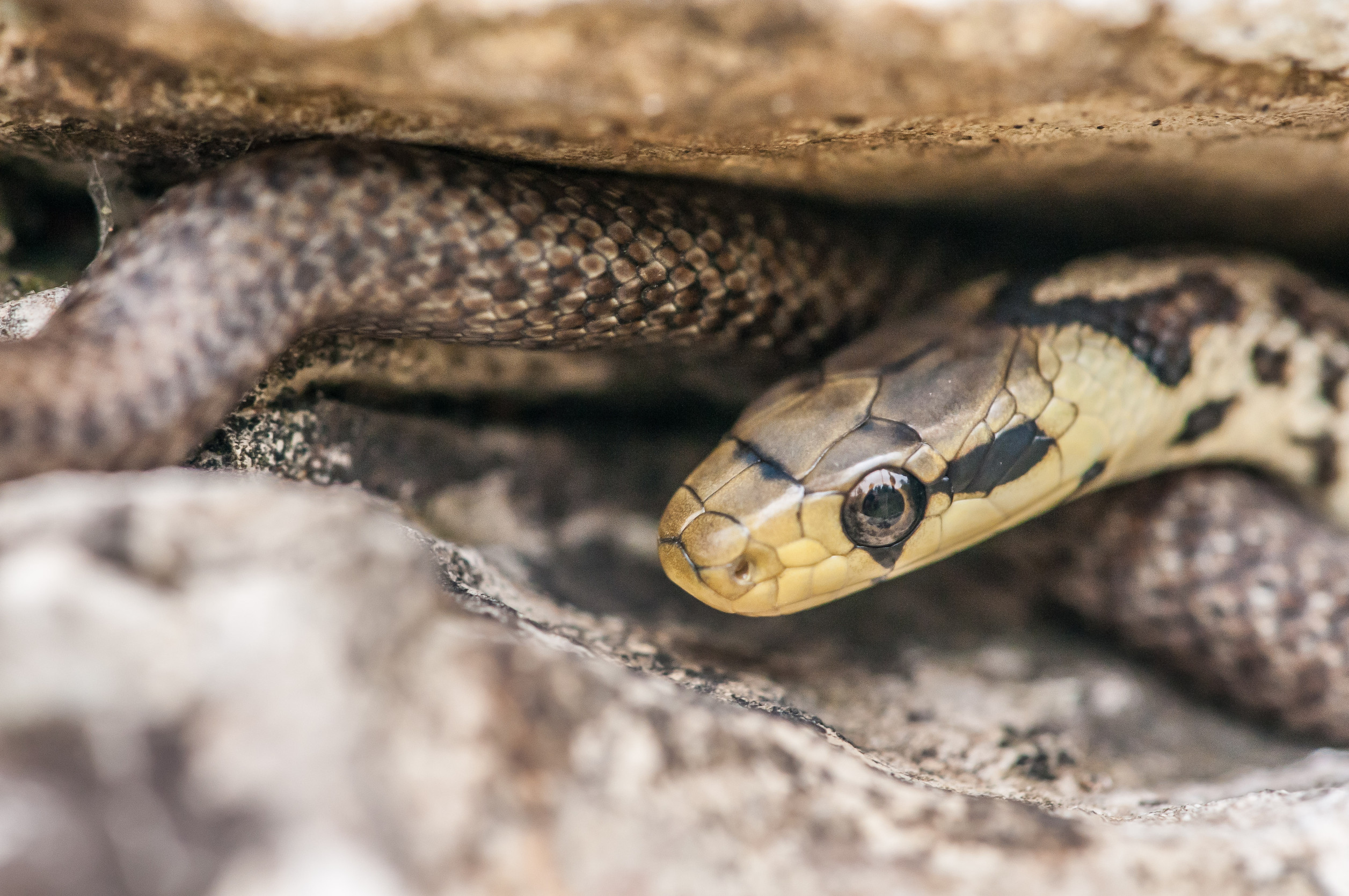Brits have one final chance to see a special meteor shower that forms “glowing trails” in the sky this week. This year, the Lyrid meteor shower, said to be the oldest recorded in history, has been active since April 12 and peaked on the night of April 22. However, the celestial event which has been around since the seventh century BC is ending soon, with April 25 being the last time it will appear in the sky until 2026.
So, what exactly is the Lyrid meteor shower, and when is the best time to see it in its final hours? Tips for Night Sky Photos on Your Phone What is the Lyrid meteor shower? The Lyrids are created by debris from Comet Thatcher, which was discovered in 1861. Royal Museums Greenwhich shared: "The Lyrid meteor shower is associated with long-period Comet C/1861 G1 Thatcher. It is the oldest recorded meteor shower still visible today, and was first recorded in 687 BCE.

"While the Lyrid meteors will be visible all across the sky, following their path backwards they will appear to originate from the constellation of Lyra, the lyre, which contains the star Vega. "In reality the meteors have nothing to do with this distant group of stars. The direction they appear to come from is dictated by the motion of the Earth and the debris itself.
" It added: "All of the meteors are coming in approximately parallel to one another, like lanes of traffic on a straight motorway. "Our perspective makes them appear to travel sideways across the sky. "Just as a person standing on the central reservation of the motorway will have cars pass on either side of them, the meteors will appear to diverge from the so-called radiant point in Lyra and streak across the sky in all directions.
"Very rarely a meteor will be particularly bright, with those appearing brighter than any of the planets (Venus being typically the brightest) classed as a fireball." Must-See Sky Events in 2025 Meanwhile, Dr Shyam Balaji, a researcher in astroparticle physics and cosmology at King’s College London, told The Telegraph : “As these comet particles burn up in our atmosphere, they produce bright streaks of light, what we see as meteors.” When can you see the Lyrid meteor shower? Best time Dr Balaji added: “They are visible from most of the world, but they are best seen from the Northern Hemisphere.
“Southern Hemisphere viewers can still catch some meteors, though the visibility there is less. “While they’re usually modest – about 10–20 meteors per hour at the peak – they occasionally produce meteor outbursts, with up to 100 meteors per hour. Lyrid meteors are known for being bright and fast, often leaving glowing trails in the sky that linger for a few seconds.
” If you’ve never seen a meteor in real life, tomorrow night might be your chance! 🌠 Tomorrow, the Lyrid meteor shower will reach its peak with 18 meteors expected to be visible per hour! Let’s look at what a meteor shower is. We’ll even share our tips on how to catch the best..
. pic.twitter.
com/yAQbzKq8Pd — Natural History Museum (@NHM_London) April 21, 2025 Experts suggest looking for the Lyrid meteor shower in the early hours of the morning on Friday. Recommended reading: Can the Northern Lights be seen with the naked eye? All you need to know How can you take a photo of the Northern Lights? A guide for beginners Why have Northern Lights sightings become more frequent in recent years? Dr Sam Rolfe, an astronomer at the University of Hertfordshire explained: “Meteor showers typically have the highest rates in the early hours of the morning but can be seen any time the sky is dark. “Dark sky locations around the UK would provide the best skies but a garden or local park is also fine.
The Moon doesn’t rise until around 3am, so the naturally dark skies will make for good meteor shower viewing.” It’s also good news for stargazers, as no special equipment is needed to see the spectacular night event. Brits will be able to spot it with just their eyes.
.
Health

Last chance to see historical meteor shower forming 'glowing trails' in the sky

Brits have one last chance to see the Lyrids meteor shower in the UK this week - the oldest recorded meteor shower forms 'glowing trails' - how to see.















